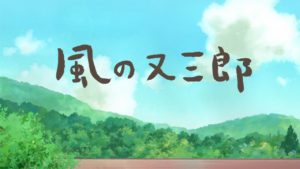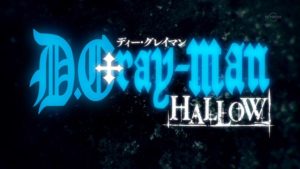Finally got around to playing though the expansions for Witcher 3 (Hearts of Stone & Blood and Wine) and Pillars of Eternity (The White March), after having touched neither game since shortly after they were released.
Pillars‘ expansion is essentially more of the same sort of content/gameplay that you’ll find in the base game. Aside from the Soulbound weapons, which are extremely powerful, and some of the new vignette sequences, which are a bit more elaborate in that they can check for specific spells/abilities, you’ll still be exploring/looting/fighting same as always. Which if you enjoyed the base game will probably be welcome enough. If you didn’t however, then it won’t really offer anything that might change your mind about the game.
The Witcher 3 expansions on the other hand do add something a bit different to the base game.
Hearts of Stone extends the Novigrad half of the main world map a little to the north and a decently large amount to the east. It fills this newly explorable space with mostly the same points of interest found in the base game, the only real difference being that bandit camps actually contain useful loot here and have their own little story linking them all (and that all enemies in the area are leveled to the mid 30s). It also adds two new types of enemies (boars and giant spiders) and of course plenty of quests… which is where the trouble lies. The sidequests are fine, but the main expansion questline (which features an old friend from the first Witcher game) is filled to the brim with extremely forced sequences and questionable content. I did enjoy the Dragon Age: Inquisition reference though.
The second expansion, Blood and Wine, adds an entirely new world map to the game (which seems to be roughly the size of the post-HoS Novigrad half of the Novigrad/Velen map). This new location is filled with both familiar and new varieties of interest points, with the most notable change being that locations near each other are often directly related. If you raid a bandit camp for example, you may find a note describing a danger lurking in a nearby abandoned location. You may even stumble into a full-blown sidequest/contract while doing a simple hidden treasure search. There are new enemies to be found here as well (banshees, barghests, a spiked drowner variety, armored moles, evil plants, panthers, vampires of all sorts, and a few of the same enemies introduced by HoS), ranging in level from the high 30’s to high 40’s, along with quite a number of new quests.
These quests should really, really be done after you finish the main game. It doesn’t seem to matter when you do HoS, but there are quite a number of reasons to not start Blood and Wine until after the Wild Hunt is no more. Similar to HoS the main questline here re-unites Geralt with some old acquaintances, though this time around it’s characters from the books rather than the games (though a couple characters from the first game show up in a particular sidequest). Pleasantly enough these quests do not force you into arguably lore-breaking situations and give a decent amount of leeway in how you can go about resolving them. Honestly, the only negative thing I can say about Blood and Wine is that the English voice acting is extremely uneven; I suspect it may be related to the accents, but a good majority of the ambient dialog just sounds incredibly half-assed/jokey.






